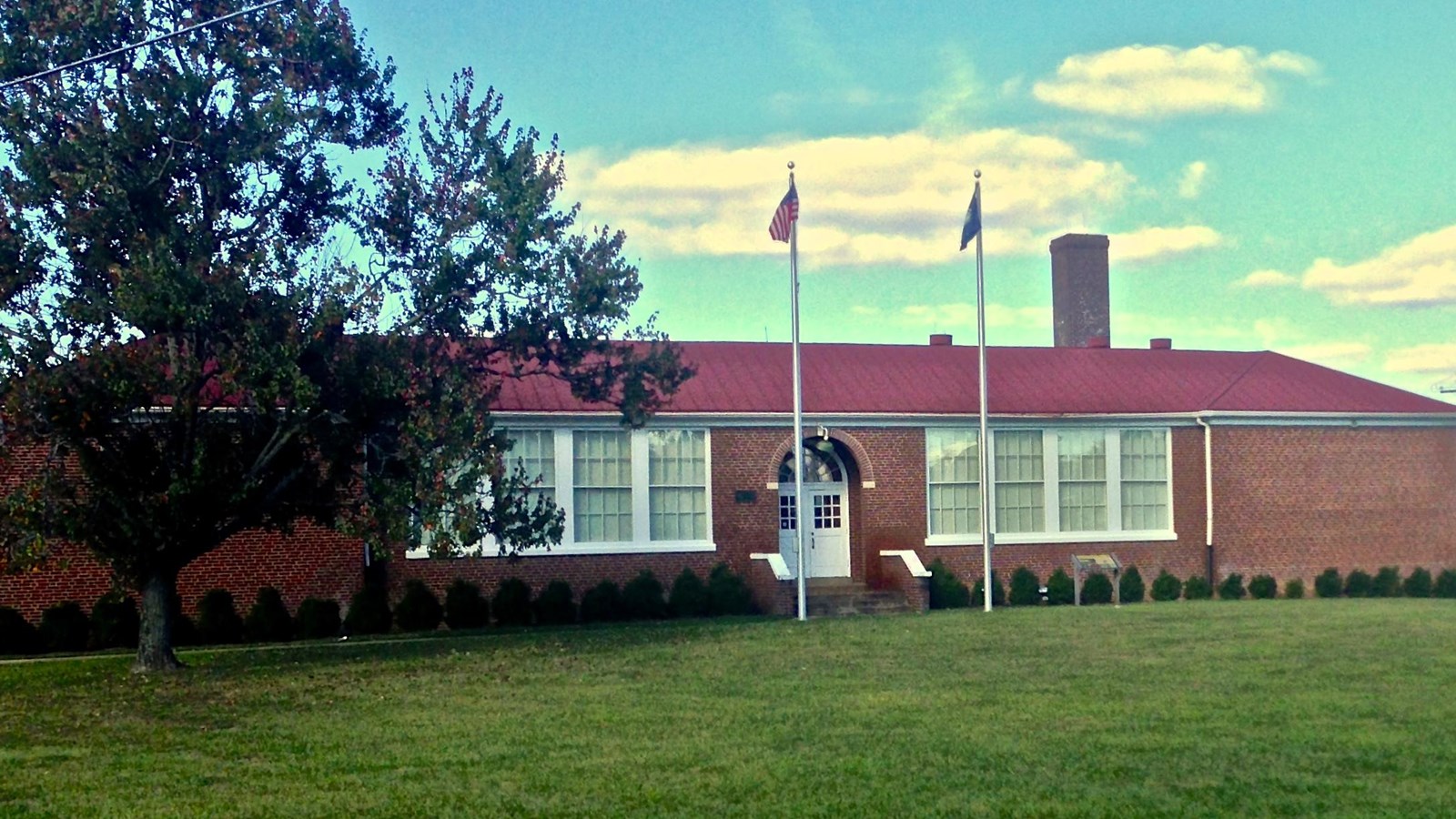Last updated: May 9, 2020
Place
Virginia: Robert Russa Moton High School

By William T. Ziglar, CC BY-SA 3.0, https://commons.wikimedia.org/w/index.php?curid=
A student-led strike at this Virginia school played a significant role in ending segregated "separate but equal" schools throughout the nation. In 1896, the Supreme Court had ruled in Plessy v. Ferguson that the segregation of races in public facilities was constitutional if the separate facilities were equal.
Robert Russa Moton High School, constructed in 1939, is a one-story, simply designed brick building containing eight classrooms, an office, and an auditorium. Moton High was typical of the all-black schools in Prince Edward County, Virginia, during the period. It had twice as many students as it was designed for and had no gym or cafeteria. The highest-paid teacher at Moton earned less than the lowest paid white teacher in the county.
In April 1951, 16 year-old Barbara Johns took action. She got an accomplice to phone the school's principal and ask him to go to the bus terminal on the pretext of picking up two truants. While he was gone, she convinced the students to go on strike the following day to demand a better school. A NAACP organizer convinced the parents of the striking students that the strike would succeed only if the students attacked segregation head-on, through the courts.
In 1953, the NAACP lost Davis v. The County School Board of Prince Edward County in a federal district court but won the suit a year later in the Supreme Court through Brown v. Board of Education.
The Commonwealth of Virginia led the "massive resistance" movement against the Supreme Court decision by threatening to close its public schools. The schools in Prince Edward County were closed from 1959 to 1964, making it the only county in the nation to close its public schools for an extended period to avoid desegregation.
Visit the National Park Service We Shall Overcome travel itinerary to learn more about the civil rights movement themes and histories. Also, be sure to check out Civil Rights subject site.
